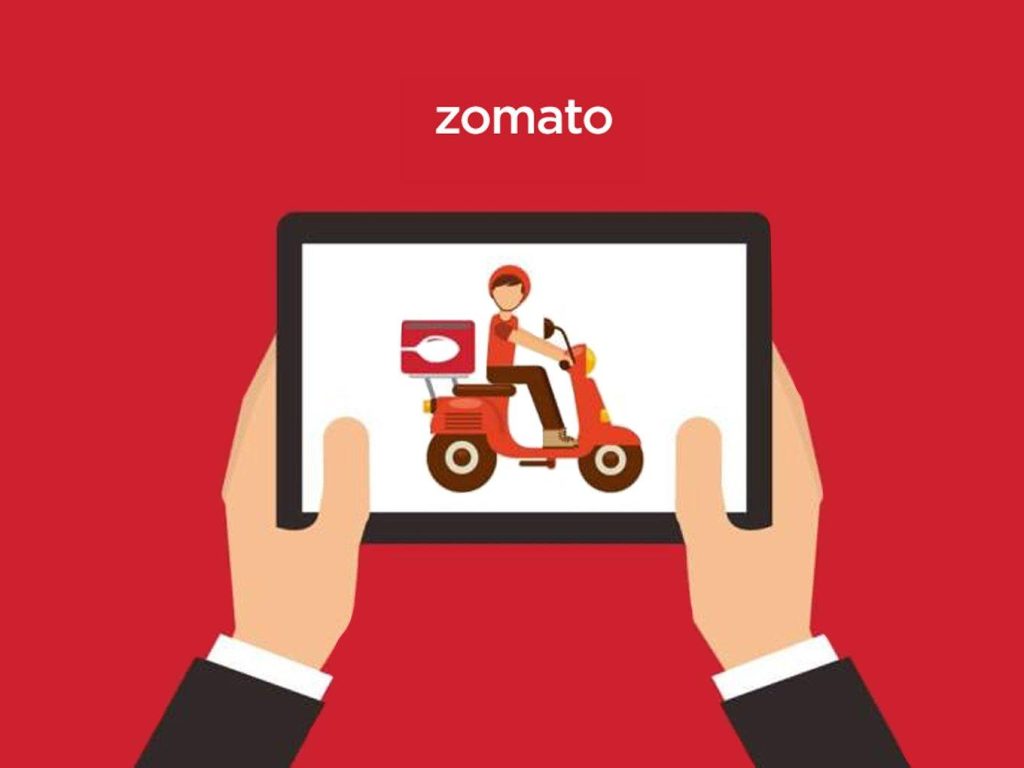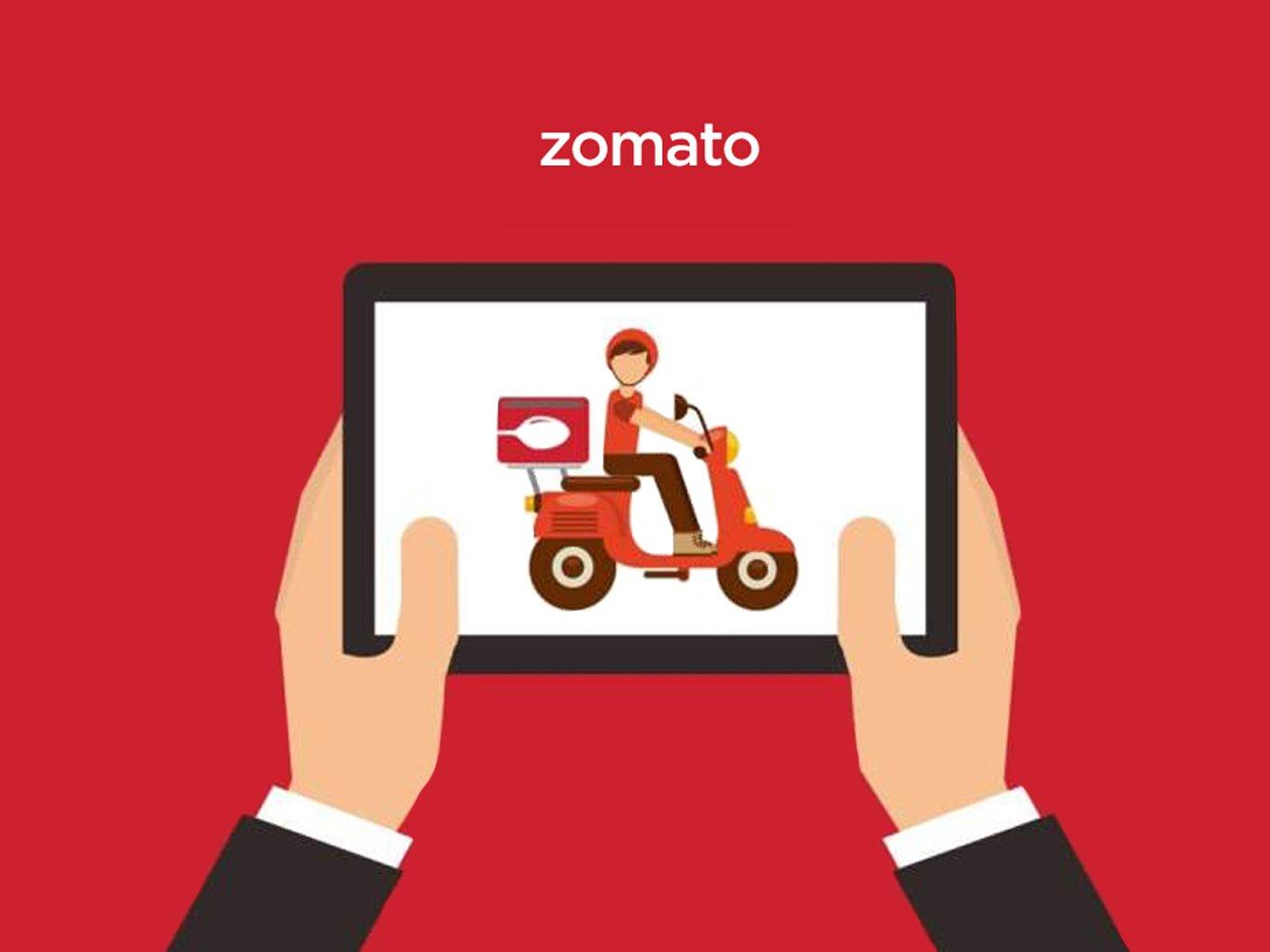
Are you thinking about investing in a Zomato like model? It has certainly set a benchmark and is evolving significantly. If you are connecting with a food delivery app development company to get a few ideas on such a model, then we are here to help you out with some plans and how Zomato works to make things happen. It will certainly help benefit significantly and stand-out in such a competitive market of food delivery.
Zomato: An Overview
Zomato has grown into a full-fledged food-tech powerhouse by adding new services including food delivery, table reservations, and subscription services. Zomato has stayed ahead in a very competitive field by making smart acquisitions, upgrading its technology, and always putting the user experience first.
How Zomato Works for All?
Let’s look at how Zomato manages this complicated environment.
For Consumers
Zomato’s app and website for customers offer a complete food ordering experience, from finding the food to having it delivered to your door.
- Explore: Zomato lets people find restaurants by looking at their cuisine, location, ratings, and reviews. The platform gathers information like menus, pictures, and reviews from users to assist buyers make smart decisions.
- Ordering: Users can look at the menu, change their orders, and add products to their basket once they have chosen a restaurant. The ordering process is easy to follow, with clear prices, expected delivery times, and possibilities for extras or specific instructions.
- Payment: You can pay for your Zomato order using a credit or debit card, a digital wallet, UPI, or cash on delivery. Users feel safe because of secure payment systems and rapid confirmation.
- Delivery: Zomato’s logistics system picks the order up from the nearest available delivery partner after payment is made. Real-time order tracking, updates on the estimated time of arrival, and customer service make sure that everything is clear and trustworthy.
For Restaurants
Restaurants use Zomato’s platform to get new customers, keep track of orders, and make their brand more visible.
- Listing: Zomato lets restaurants sign up, make complete profiles, and add menus, pictures, and information about how they run their business.
- Order Management: Zomato’s technology empowers restaurants to handle high order volumes, especially during peak hours.
- Marketing: Zomato markets your business, such as sponsored listings, banner ads, and promotional campaigns.
For Delivery Partners
Delivery partners are the most important aspect of Zomato’s logistics network. They make sure that orders are filled quickly and on time.
- Onboarding: Zomato hires delivery partners by putting them through a procedure that includes background checks, training, and orientation. The company gives its employees uniforms, delivery bags, and app-based tools to help things go smoothly. A lot of people want to work as delivery people since they may choose their own hours and get bonuses for doing a good job.
- Order Fulfillment: The Zomato partner app sends delivery partners their orders and helps them find the best routes in real time. They pick up food orders from restaurants, check them for quality and correctness, and then bring them to clients. To keep service standards high, the app keeps track of things like delivery time and client ratings.
- Earnings: Delivery partners make money through a mix of base salary, bonuses, and tips. Zomato’s clear payout structure and regular settlements make sure that payments are made on time. Many people want to work here because high performers can earn incentives, prizes, and long-term benefits.
Types of Zomato Business Models
Zomato’s business plan has many parts that work together to get the most value for all of its stakeholders. Here is a more in-depth look at the main models that Zomato uses to run its business.
Aggregator Model
The aggregator model that Zomato started with connects users with a lot of restaurants so they can find new places to eat, read reviews, and book tables. The business makes money via ads and premium listings, and also helps other businesses. This concept helped Zomato flourish and motivated numerous Food Delivery App Development Companies to get into the business.
Delivery as a Service Model
Zomato started its own delivery fleet to handle logistics for partner restaurants as more people wanted food delivered on demand. This “delivery as a service” concept lets restaurants that don’t have their own delivery service reach more customers, while Zomato makes money on each order. The model runs on powerful logistical algorithms and real-time tracking, which shows how good custom mobile app development company services are at what they do.
Zomato Gold Subscription Model
Zomato Gold (formerly Zomato Pro) is a loyalty club that lets you pay a monthly fee to get exclusive deals, free meals, and priority service at partner restaurants. Subscribers pay a charge every month, which gives Zomato a constant stream of income and helps keep customers coming back and getting involved.
HyperPure by Zomato
Zomato’s B2B vertical, HyperPure, provides restaurants with fresh, high-quality products and cooking supplies. Zomato makes sure greater quality control by bringing together the supply chain. This also gives them a new way to make money. HyperPure’s success has made Zomato’s business model even more diverse and improved its relationships with restaurant partners.
Advertising and Promotions Model
Zomato makes money by letting restaurants advertise and promote themselves on its website. Restaurants may acquire more orders and get more people to see them by using sponsored listings, banner ads, and targeted marketing. Zomato makes a lot of money from this advertising revenue.
Zomato’s Business Model Canvas: Key Components
The Business Model Canvas is a strategic tool that shows the most important parts of Zomato’s business plan. Here’s how each part helps Zomato do well.
Groups of Customers
Zomato supports a wide range of customers, such as those who want meals delivered, restaurants that want to get more customers, and delivery partners who want to make money in a flexible way. Another important group of customers is B2B clients, like restaurants who use HyperPure.
Value Propositions
Zomato gives customers convenience, variety, and reliability; restaurants more visibility and sales; and delivery partners various ways to make money. Its technology-driven platform makes sure that everyone has a smooth experience, which sets it apart from its competition.
Zomato gets in touch with its clients through mobile apps, websites, and partnerships with other businesses. It is available for both Android and iOS, and its easy-to-use UI makes it easy to access and operate. Working with payment gateways and logistical companies makes service delivery even better.
Relationships with customers
Zomato builds deep ties with its customers by making tailored suggestions, offering reward programs, providing quick service, and getting involved in the community. Regular updates, ways for people to give feedback, and taking care of problems before they happen all help develop trust and loyalty.
Sources of Income
Zomato makes money in a number of ways, including commissions from restaurants, delivery fees from customers, membership fees from Zomato Gold/Pro, advertising income, and B2B sales through HyperPure. This varied approach makes sure that finances stay stable and expand.
Important Resources
Zomato’s main assets are its technology backbone, good brand name, large restaurant network, delivery fleet, and trained workers. Zomato stays ahead of the competition by constantly putting money into technology and data analysis.
Main Things to Do
The main tasks are building the platform, processing orders, managing logistics, marketing, and helping customers. To stay ahead of the competition, Zomato also puts money into research, new ideas, and collaborations.
Important Partnerships
Zomato works with restaurants, delivery partners, payment gateways, technology providers, and supply chain vendors. It can do more and reach more customers through strategic partnerships and acquisitions.
Cost Structure
The biggest costs are for developing technology, marketing, logistics, paying employees, and giving incentives to partners. Zomato keeps expenses down while giving stakeholders value by focusing on operational efficiency and scale.
Revenue Streams: How Zomato Makes Money
Zomato’s business plan is based on a mix of several streams that all help the company stay in business and make money.
Commissions from Restaurants
Zomato takes a cut of each order that is made through its platform from partner eateries. The commission rate changes depending on things like where the restaurant is, how many orders it gets, and the terms of the agreement. This is where Zomato’s delivery business gets most of its money.
Delivery Charges from Customers
Customers may have to pay a delivery fee, especially if they order something little or at busy times. These fees help pay for shipping costs and encourage prompt deliveries. Dynamic pricing strategies make sure that businesses make money while keeping prices low for customers.
Subscription Services: Zomato Gold and Pro
Zomato’s membership plans bring in recurring revenue by giving members certain perks. The subscription model not only makes customers more loyal, but it also gives businesses a steady source of cash, which helps them develop over time.
Advertising and Promotional Income
Zomato gets money from restaurants and brands for premium placements, sponsored listings, and ads that are aimed at certain groups of people. This advertising money is a big part of the company’s profits because Zomato has a lot of active users.
B2B Operations: HyperPure and Blinkit
Zomato makes money by selling to businesses through HyperPure, which sends restaurants fresh ingredients and cooking equipment. Zomato’s acquisition of Blinkit (previously Grofers) has further strengthened its position in the rapid commerce market and added another way for the company to make money.
Final Thoughts
Hopefully you are clear about how Zomato is working and enhancing its overall brand value. It is important that you discuss your idea right with the development service providers. Zomato’s success shows that it has an innovative business model, puts customers first, and is always trying to improve its operations. This has inspired on demand app development services all over the world.
Zomato’s strategy is a good example of how to expand and change the food delivery industry in a way that lasts.Good luck!
